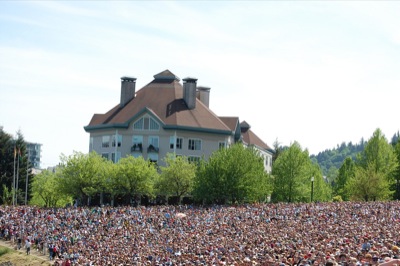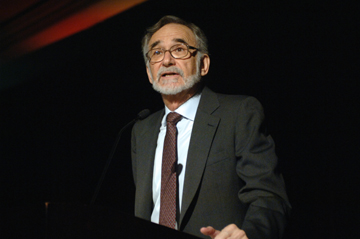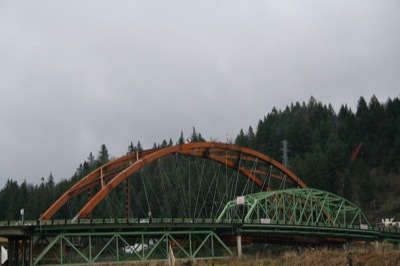Gas prices are at record levels, transit ridership is growing, so what do transit agencies do? Cut service!. Denver’s Regional Transit District says it plans to cut some of its “lowest-performing routes,” including one of its light-rail lines.
Of course, transit agencies face higher fuel costs, too. And since transit fares cover only 28 percent of average transit costs (and just 13 percent in Denver), increased ridership doesn’t pay for much of the increased cost.
RTD says that one of the buses it plans to cut costs $330,000 a year and only carries 295 riders a day. Assuming they mean “weekday” (and annual ridership tends to be about 300 times weekday ridership), that works out to an operating cost of about $3.73 a rider. But the average bus operated by RTD costs $3.46 a rider, which isn’t much less.










